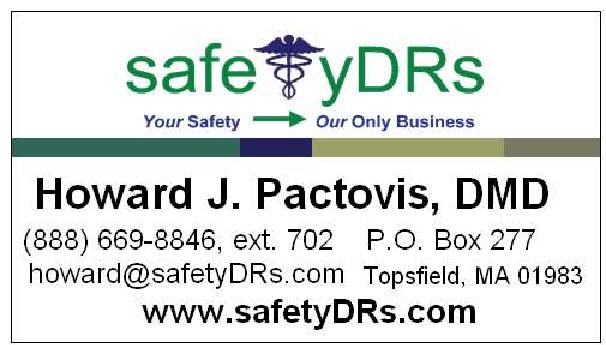 December 2 – 8 is National Handwashing Awareness Week. Keeping hands clean is one of the most important ways to prevent the spread of infection and illness.
December 2 – 8 is National Handwashing Awareness Week. Keeping hands clean is one of the most important ways to prevent the spread of infection and illness.Wash Your Hands: The Right Way:
When washing hands with soap and water:
• Wet your hands with clean running water and apply soap. Use warm water if it is available.
• Rub hands together to make a lather and scrub all surfaces.
• Continue rubbing hands for 15-20 seconds. Need a timer? Imagine singing "Happy Birthday" twice through to a friend.
• Rinse hands well under running water.
• Dry your hands using a paper towel or air dryer. If possible, use your paper towel to turn off the faucet.
If soap and clean water are not available, use an alcohol-based hand rub to clean your hands. Alcohol-based hand rubs significantly reduce the number of germs on skin and are fast acting.
When using an alcohol-based hand sanitizer:
• Apply product to the palm of one hand.
• Rub hands together.
• Rub the product over all surfaces of hands and fingers until hands are dry.



































